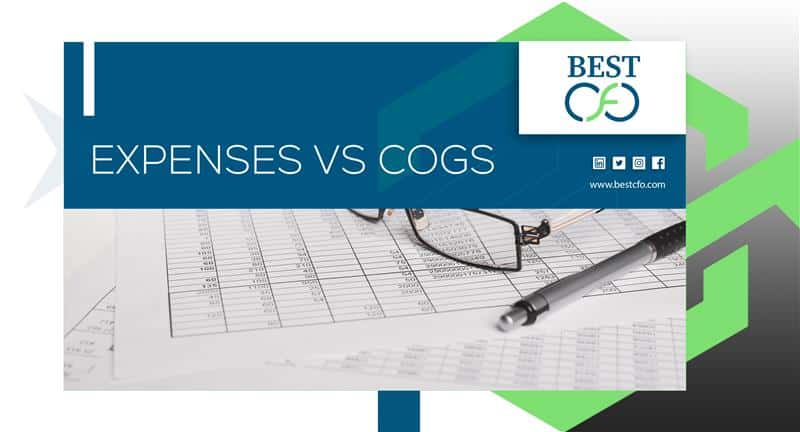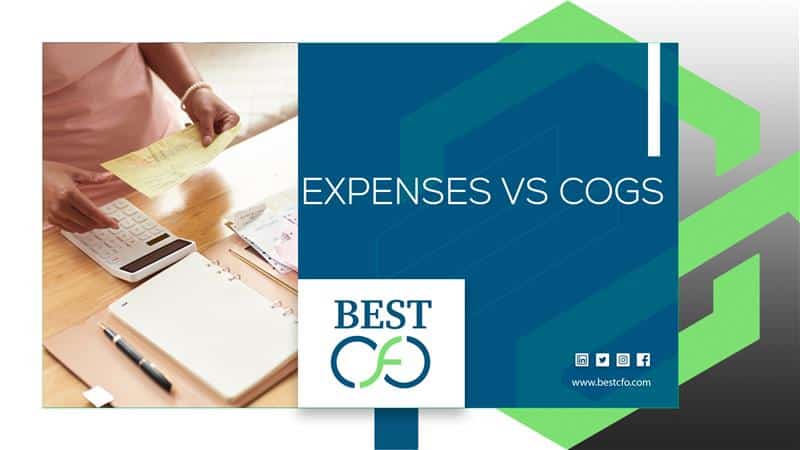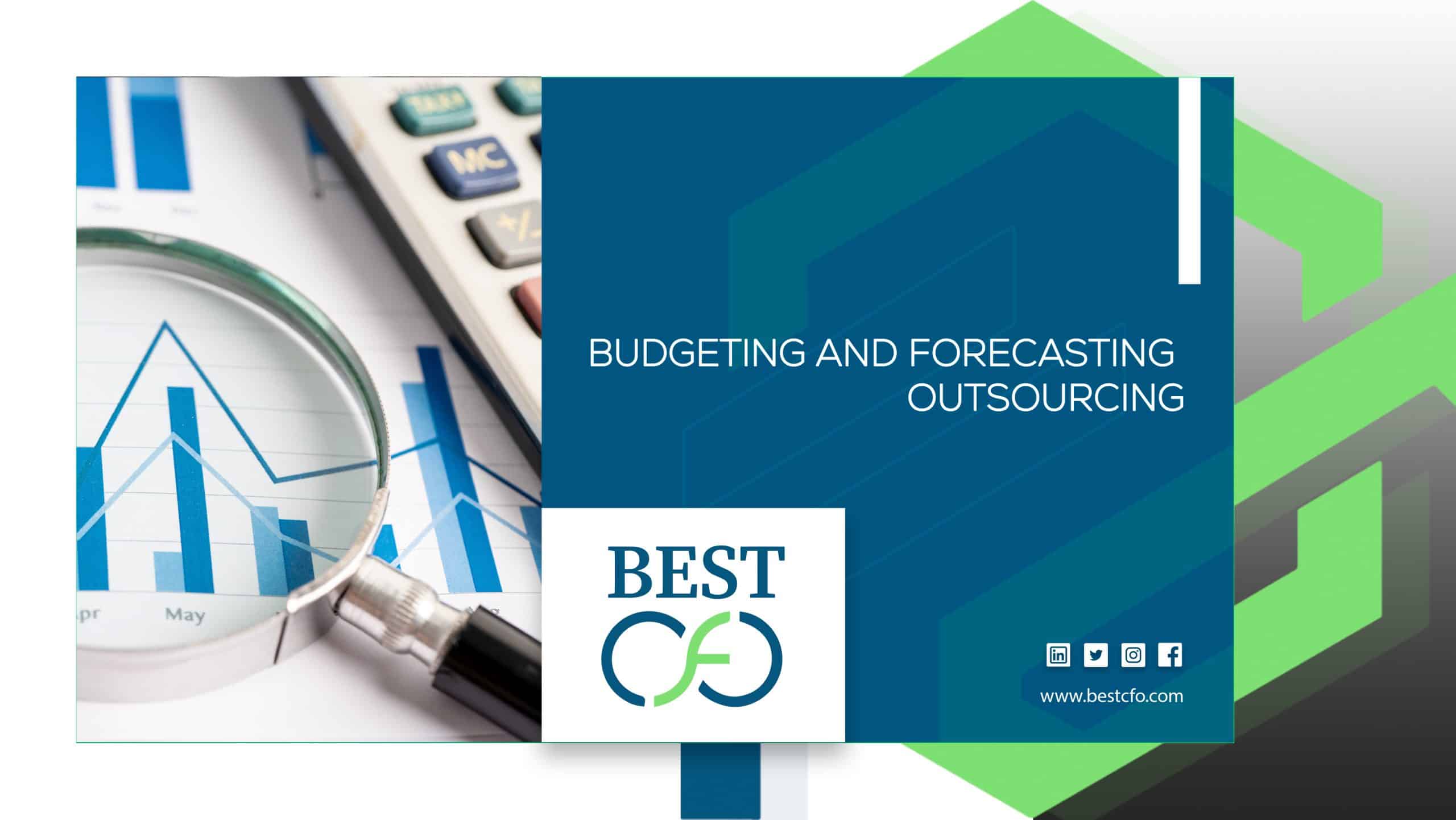
| Getting your Trinity Audio player ready... |
Expenses vs COGS: What’s the Difference & Why It Matters
When it comes to managing a business, understanding where your money goes is key. That’s why financial accounting isn’t just for accountants — it’s something every business owner needs to get right. One of the most common areas of confusion? Figuring out the difference between expenses and COGS (Cost of Goods Sold).
Many small business owners mix the two, and that mix-up can lead to bad reports, incorrect taxes, and wrong decisions. Don’t worry — this blog is here to help you tell them apart clearly, using real examples and simple words.
By the end, you’ll know exactly what Expenses vs COGS mean, how they affect your profits, and why getting them right can boost your business.
Understanding Expenses in Business
Let’s start with expenses. These are the regular costs you pay to keep your business running. But they’re not directly tied to making your product or delivering your service.
What Counts as an Expense?
An expense is any cost you have to run your day-to-day operations. It’s like the background costs that keep your business alive — even if you don’t sell anything that day.
Here’s a simple rule:
If the cost helps run your business, but doesn’t go into making your product, it’s an expense.
Types of Business Expenses
Not all expenses are the same. They fall into three main categories:
1. Operating Expenses (OpEx)
These are the most common. You pay them regularly to run your business, such as:
- Office rent
- Utility bills
- Employee salaries
- Marketing and ads
- Internet and software
- Office supplies
2. Non-Operating Expenses
These are less frequent and not tied to daily operations. Examples include:
- Interest payments on loans
- Legal fees
- One-time losses or write-offs
3. Capital Expenses (CapEx)
These are big-ticket items you buy for long-term use, like:
- New computers
- Factory machines
- Office buildings
You don’t count these all at once. Instead, you spread the cost over time (this is called depreciation).
How Expenses Are Recorded
Accounting keeps track of expenses based on two methods:
- Cash Accounting – You record the expense when you pay for something.
- Accrual Accounting – You record it when the expense happens, even if you pay later.
In reports, most expenses appear under “Operating Expenses” on your Income Statement, right below the “Gross Profit” line.
Understanding COGS (Cost of Goods Sold)
Now let’s talk about COGS. These are the costs that go directly into making the product or service you sell.
If you sell physical goods — like furniture, clothes, or electronics — COGS is the money you spend to create or buy those items. If you offer a service, COGS includes things like labor and tools used to deliver that service.
Components of COGS
COGS is made up of direct costs — the ones that clearly connect to what you sell:
- Direct Materials – Raw materials, packaging, or inventory
- Direct Labor – Wages for people who build or assemble products
- Manufacturing Overhead – Costs like equipment wear and tear, power for machines, etc.
Example:
If you own a bakery, the flour, sugar, eggs, and baker’s wages are all part of COGS.
How COGS Is Recorded
Here’s the basic formula:
Beginning Inventory + Purchases – Ending Inventory = COGS
This total shows up on your Income Statement, right under Revenue.
Then, Revenue – COGS = Gross Profit.
That’s why tracking COGS properly is so important — it tells you what’s left over after covering the cost to make your product.
Key Differences Between Expenses vs COGS: Table of Comparison
Here’s a quick side-by-side to make things even clearer:
Category | COGS | Expenses |
What it Covers | Direct production costs | General operating costs |
Examples | Raw materials, factory labor | Rent, marketing, admin salaries |
Report Location | Above gross profit | Below gross profit |
Tax Treatment | Reduces taxable income earlier | Deducted as OpEx |
Impact | Affects gross profit | Affects net profit |

Expenses vs COGS: Nature of the Cost
- COGS is tied to creating the product you sell.
- Expenses support the business overall but aren’t part of the product itself.
Financial Statement Placement: Expenses vs COGS
- COGS is deducted from revenue to find gross profit.
- Expenses are subtracted afterward to get net profit.
Expenses vs COGS: Tax Implications
Both reduce your taxable income, but COGS does it earlier in the report. For businesses with inventory, the IRS has strict rules on how to calculate COGS — so classifying things right matters for tax filings.
Impact on Profit Margins
Misclassifying COGS as an expense can mess up both your gross profit margin and net profit margin. That makes your business look weaker or stronger than it really is — and that’s a big problem for planning, taxes, or getting a loan.
Why Proper Classification Matters
Getting Expenses vs COGS right doesn’t just help your accountant — it protects your business in the long run.
1. Accurate Financial Reporting
Wrongly classifying a cost can mess up your reports.
Example:
If you accidentally list direct labor (COGS) as an expense, your gross profit will be too low, and your business might look less successful than it really is.
2. Better Business Decision-Making
Knowing the true cost to make your product helps you:
- Set the right price
- Find cost-saving opportunities
- Make smarter investments
3. Compliance & Audits
The IRS and accounting rules (GAAP) require proper cost classification. Getting it wrong can lead to:
- Audit red flags
- Penalties or fines
- Delayed tax returns
4. Investor & Lender Perceptions
Clear financials show that you’re a reliable, well-managed business. That builds trust with:
- Investors looking at your gross margin
- Banks offering loans or credit
- Buyers doing due diligence
Common Mistakes & How to Avoid Them
Even seasoned business owners make these slip-ups — here’s how you can avoid them:
1. Misclassifying Expenses as COGS (and Vice Versa)
Wrong: Listing shipping fees for office supplies as COGS
Right: That’s an operating expense, not a production cost.
2. Ignoring Inventory Changes in COGS Calculation
COGS depends on inventory flow. If you just list purchases and skip the formula, your numbers will be off.
3. Failing to Separate Direct vs. Indirect Costs
Example:
- Factory worker salaries → COGS
- Admin assistant salaries → Expense
Mixing these up skews your profit margins.
4. Best Practices for Accurate Accounting
- Use trusted accounting tools like QuickBooks or Xero
- Work with a CPA or bookkeeper regularly
- Review your financials every month or quarter
- Create a clear cost chart for your team
Conclusion
Understanding the difference between Expenses vs COGS helps you keep your finances clean, your taxes accurate, and your profits clear. When you know what counts as COGS and what counts as an expense, you can:
- Avoid reporting mistakes
- Price products wisely
- Build trust with banks, investors, and the IRS
Want to make accounting even easier? Get in touch with Best CFO — your partner for clear, accurate financials that help you grow with confidence.
FAQs
1: Can a cost be both an expense and part of COGS?
No. A cost is either part of COGS (if it directly ties to your product) or an expense (if it supports the business more broadly).
2: Is shipping cost COGS or expense?
It depends! Shipping raw materials to your warehouse = COGS. Shipping office supplies = Expense.
3: Do service businesses have COGS?
Yes! If you run a cleaning company, wages for cleaners and cleaning supplies are COGS.
4: How does COGS affect gross profit?
COGS is subtracted from revenue to find gross profit. Lower COGS = higher gross profit.
5: Why do investors care about COGS?
Because COGS shows how efficiently you make money. A rising COGS with flat sales could mean trouble.
Related Posts
From Finance to Future-Proofing: The Strategic CFO for IT
From Finance to Future-Proofing: The Strategic CFO for IT Suppose a traditional CFO sitting at…
CFO vs Finance Manager: Choosing The Right One For You
CFO vs Finance Manager: Choosing The Right One For You The finance world can be…
When Should You Outsource My CFO? – The Guide
When Should You Outsource My CFO? – The Guide Every business, no matter how small…
Top 5 Reasons Why You Should Outsource HR
Top 5 Reasons Why You Should Outsource HR Outsourcing is gaining popularity among businesses looking…
 Demos
Demos  Colors
Colors  Docs
Docs  Support
Support 










